Signed « A. Petersen »
Old edition artwork. Stamped by the porcelain manufacture of Sèvres
France
Model created in 1932
Edited by the Sèvres manufacture with only 108 copies released from 1933 until 1938
height 25,2 cm
A similar model is reproduced in « Petersen », Liliane Colas, Editions Finzi, 2004, p.158, n°71.
our web catalog link :
https://galerietourbillon.com/petersen-armand-perruche-moineau/
Galerie Tourbillon : Free valuation - Buy and Sell at best prices
Biography :
Armand Petersen (1891-1969), of Danish ancestry, was born in Basel (Switzerland). He entered the School of Industrial Arts in Geneva, in the goldsmithing and carving class. In 1914, Petersen arrived in Paris to continue his studies but returned for four years to the workshop of the Hungarian sculptor Bêla Markup who introduced him to modeling. An animal sculptor, who introduced him to animals at the Budapest zoo.
In 1924, animal art was booming. Pompon, revealed in 1922 at the Salon d'Automne by his great White Bear, brought together young animal artists at the Jardin des Plantes who studied models in nature by following his advice. The choice of the animal was confirmed in 1926, Armand Petersen worked at the Fauverie du Jardin des Plantes and joined the group of Pompon followers who taught his method in the field.
The first exhibition of "Animaliers" opened in the Brandt gallery in 1927. Petersen found himself alongside Sandoz, Bigot, Artus and Pompon. Critics noticed this new artist. At the same time, the Sèvres Manufacture was looking for works in contemporary art to adapt them to its recent material, soft colored sandstone giving a completely different result than biscuit. The Manufacture then selected three works by Petersen.
Unlike Pompon's works "which are naturally beasts of the Good Lord, without fear", Petersen's beasts always seem on the alert. This particularity of subtle expression makes Petersen a talented animal artist. In 1929, two years after his "discovery", Armand Petersen was one of the best animal sculptors. He was cited after Pompon and as his emulator.
In 1931 the group of “Douze Animaliers Français” filed its statutes. Armand Petersen, as a Swiss citizen, was part of the group as a guest. In 1932, the economic crisis affected artists who often exhibited their plaster works. The ceramic editions provided income to a good number of artists, like Petersen who multiplied them both at the Manufacture de Sèvres and at the Manufacture Nationale Bing & Grøndahl in Copenhagen through new contracts.
After Pompon's death in 1933, the group quickly disbanded. The animalists, thanks to Sandoz who bought the Brandt gallery, however, continued to meet until 1939, when the war mobilization dissolved the animalists group. In 1935, Petersen obtained French nationality but returned to exhibit regularly in Switzerland.







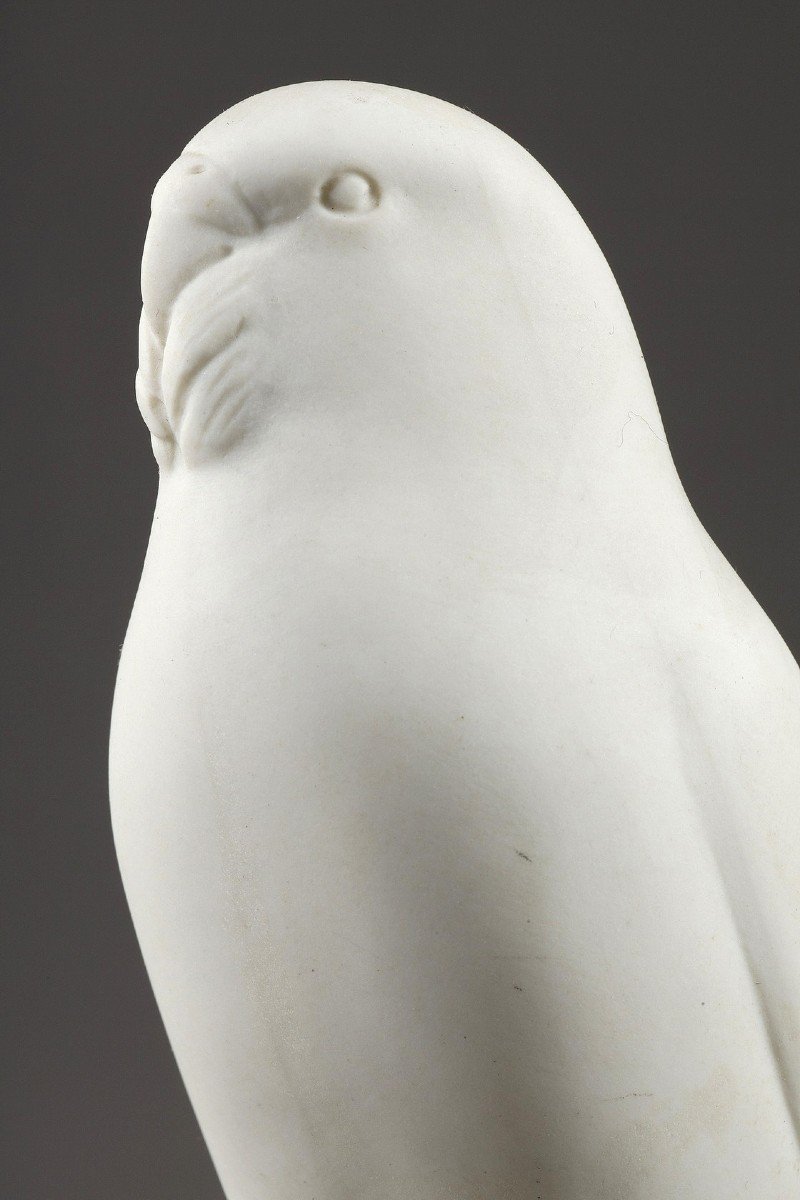





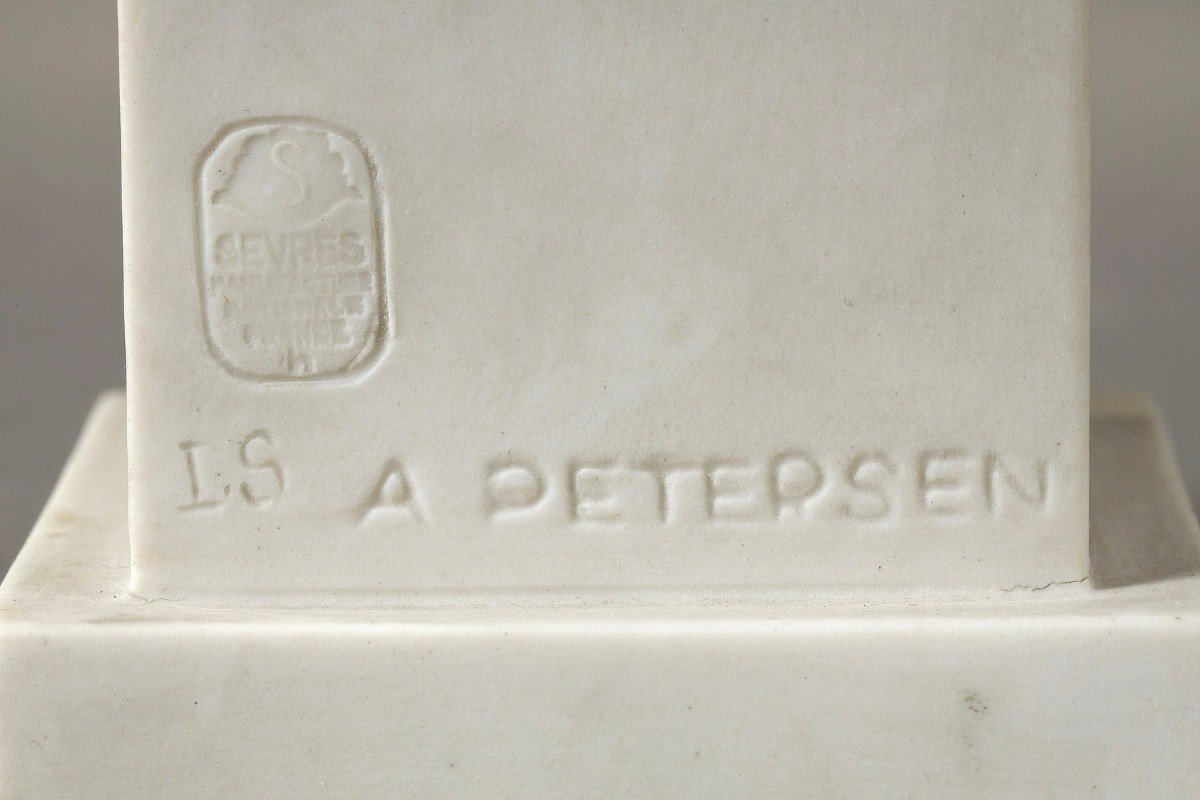














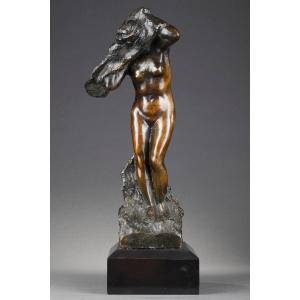


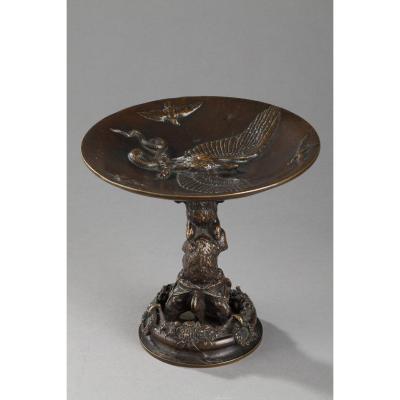

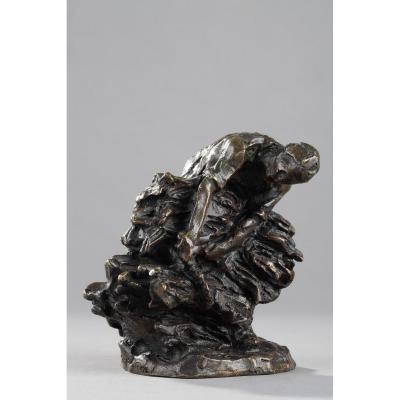

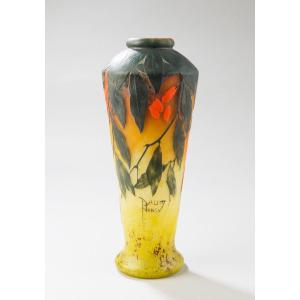

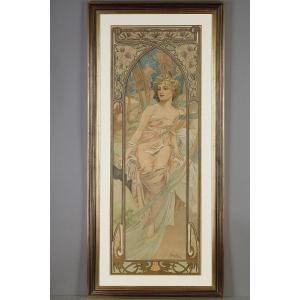

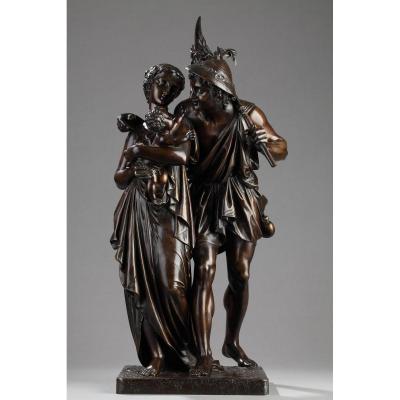

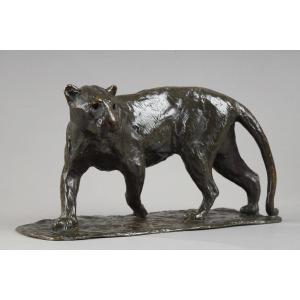
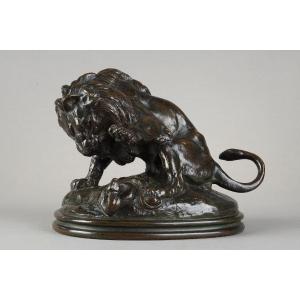


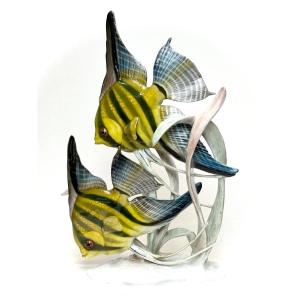
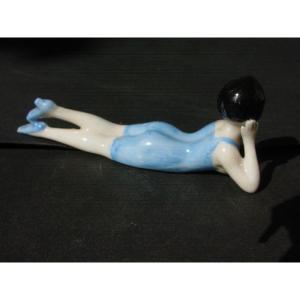




 Le Magazine de PROANTIC
Le Magazine de PROANTIC TRÉSORS Magazine
TRÉSORS Magazine Rivista Artiquariato
Rivista Artiquariato